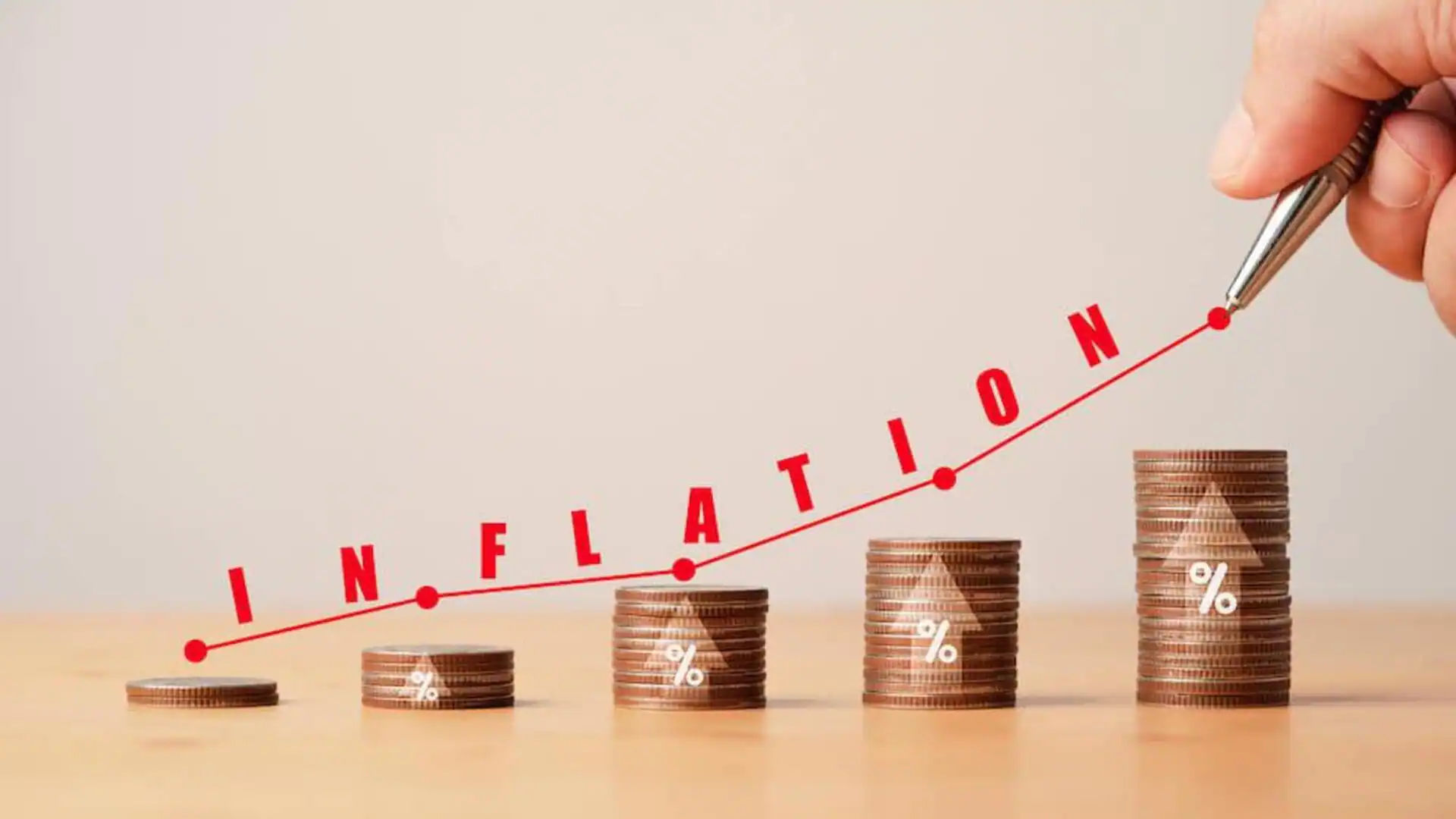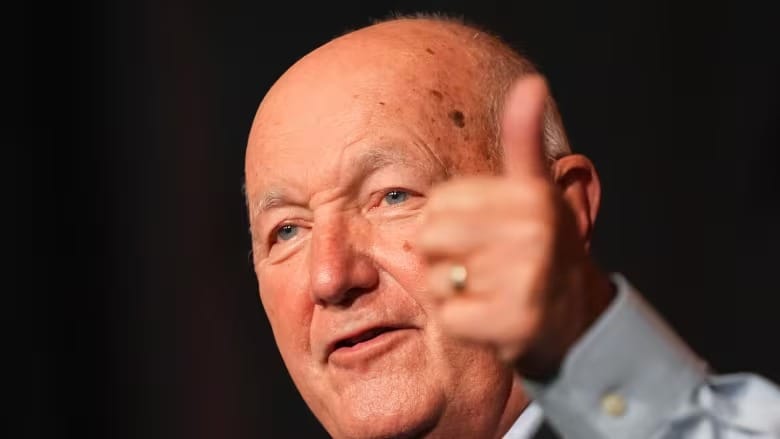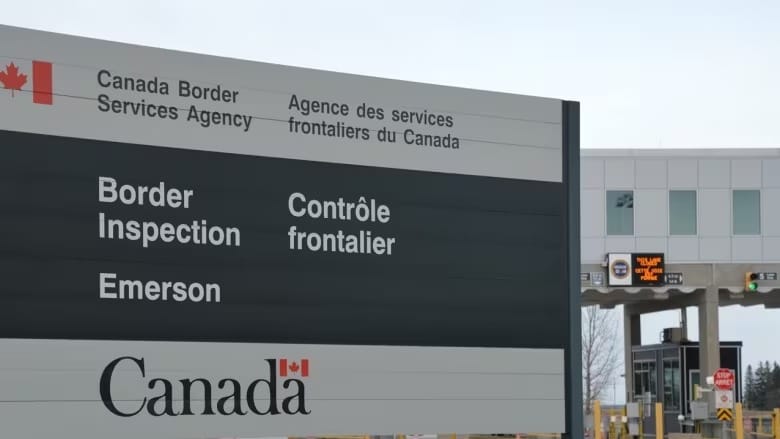U.S. Inflation Rate Hits 3-Year Low as Fed Prepares Rate Cut
Consumer prices rose 2.5% on last year, according to the Labor Department, which is the fifth consecutive annual decline and the smallest increase since February 2021.

Inflation fell to a three-year low in August, setting the stage for the Federal Reserve to potentially lower interest rates next week.
According to the Labor Department, consumer prices increased by 2.5% year-over-year, marking the fifth consecutive annual decrease and the smallest rise since February 2021.
The reduction in inflation is a positive indicator for the economy, suggesting that the Federal Reserve is likely to cut interest rates. A 0.25% reduction in rates is anticipated, which would lower borrowing costs across the economy, including mortgages, auto loans, and credit cards.
This inflation data could also influence the final stages of the presidential race, as both candidates have committed to addressing inflation and reducing the cost of living.
Vice President Kamala Harris recently outlined parts of her economic plan, including a proposal to ban grocery price gouging and claims that corporate greed is driving high prices. She also suggested $25,000 in down payment assistance for eligible first-time homebuyers and a $6,000 tax credit for families with newborns.
In response, former President Donald Trump criticized Harris' plan as a "Communist plan" and has pledged to quickly reduce prices if elected for a second term, though he has not provided specific details.
Trump has promised that his Cabinet would address inflation within the first 100 days of his second term. Justin Wolfers, an economics and public policy professor at the University of Michigan, noted that while Harris has a detailed plan, "Trump doesn't." Wolfers told Newsweek, "There is literally no detail on what policy levers Trump will pull to address the cost of living. Harris has detailed an approach."
Earlier this year, Trump also proposed eliminating taxes on tips for workers and Social Security payments.
The recent cooling of inflation will bring relief to consumers, following a peak of 9.1% in mid-2022, the highest in four decades. Monthly price growth from July to August was just 0.2%.
Core prices, which exclude food and energy, rose 3.2% year-over-year and 0.3% from the previous month. Gas prices contributed significantly to the inflation decrease in August, with a drop of around 10 cents per gallon.
Economists expect a slower increase in grocery and rent costs as the year progresses. Food prices are still 20% higher than pre-pandemic levels but have remained stable over the past year. Rent growth is also slowing, with the median rent rising just 0.9% in August, according to Redfin. Government data on rent is available only through July, when rental costs had increased by 5.1%.
With inflation concerns easing, Federal Reserve officials will now focus on strengthening the slowing job market. Wage growth, which can drive inflation, has slowed to 3.5% annually, down from 5% two years ago. While consumer spending has been a key driver of the economy, rising debt and credit delinquencies could lead Americans to cut back, potentially resulting in slower hiring or job cuts.





